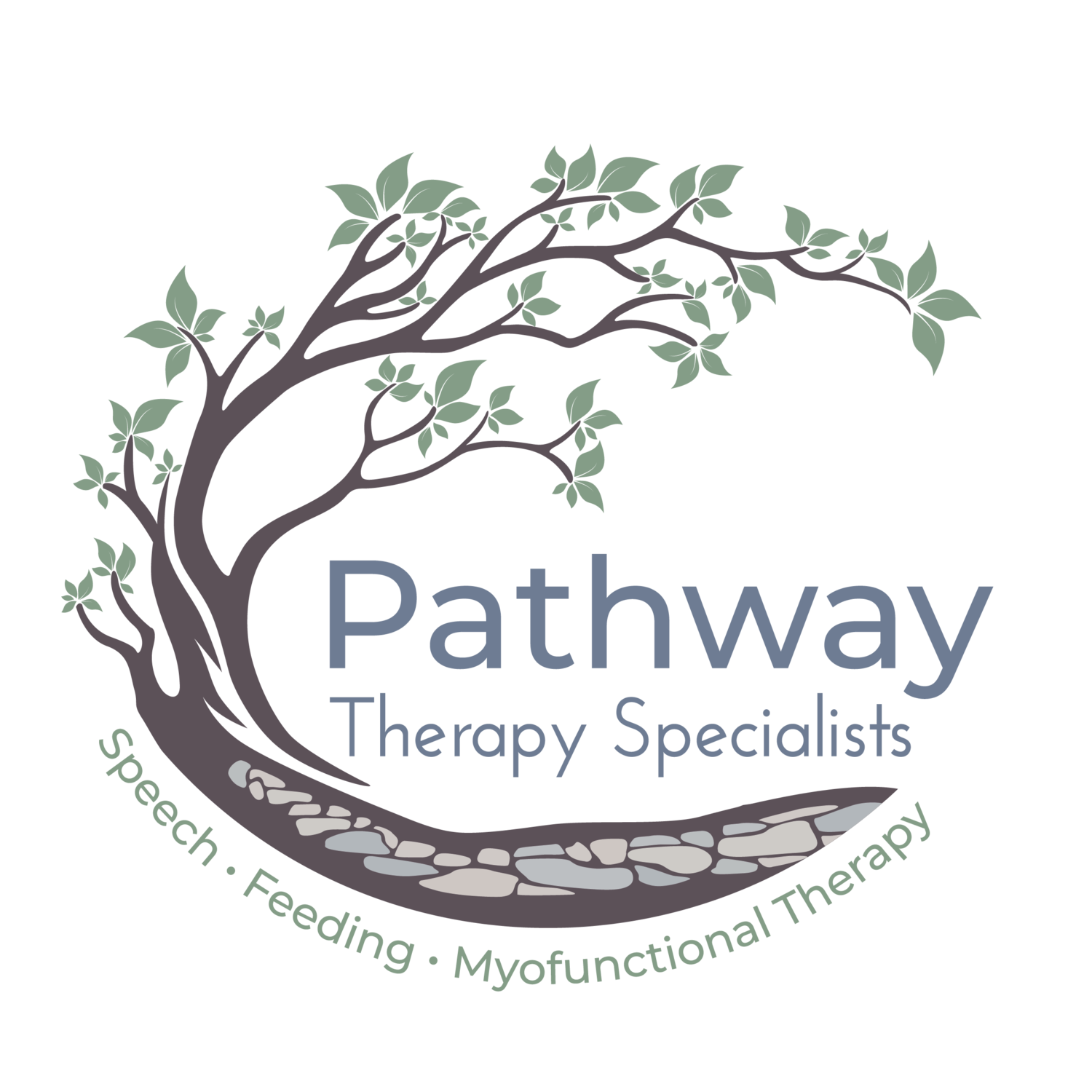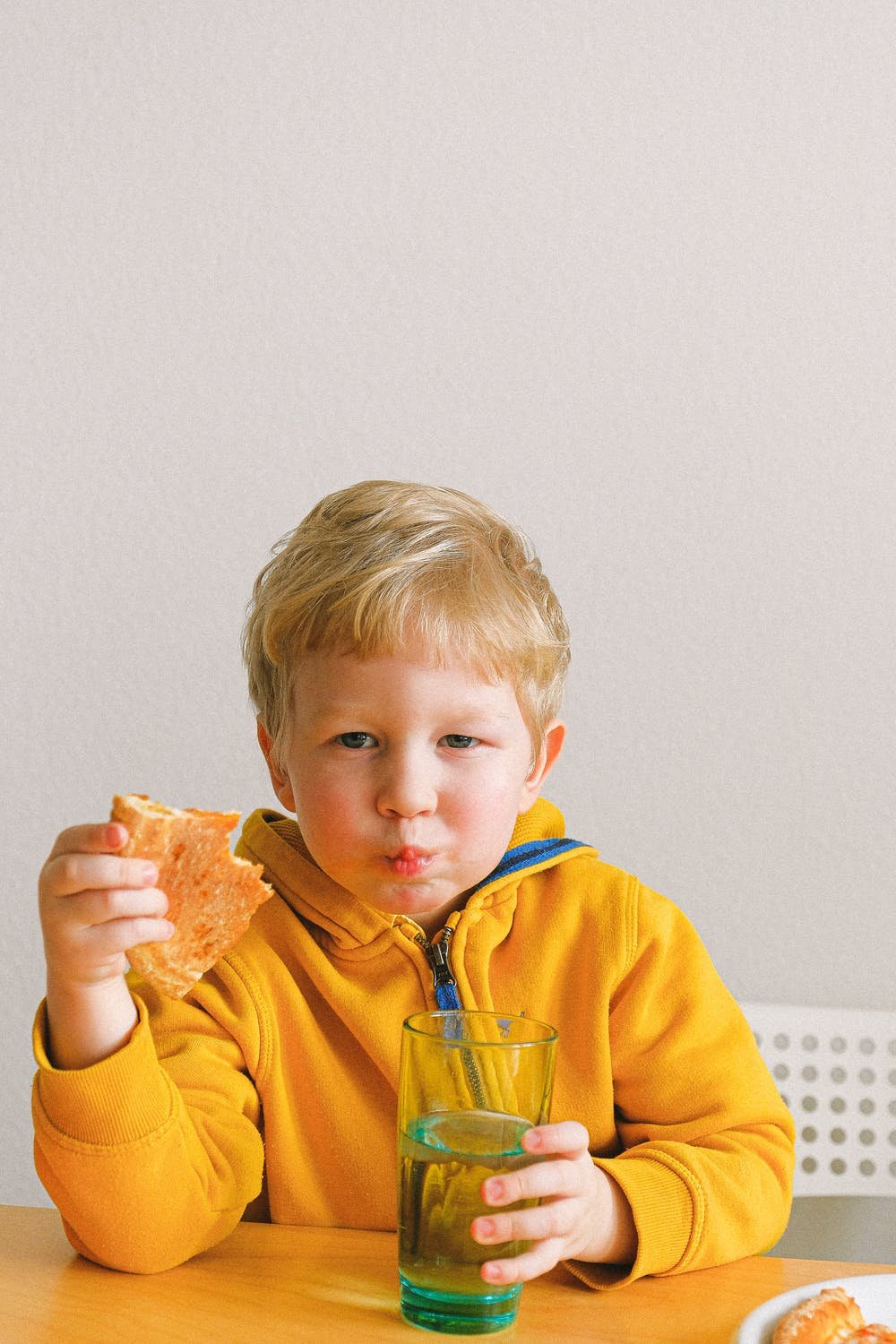Tip #2: Manage expectations
Your own:
If your child is consistently choosing from a very small number of foods that they accept, it is unlikely that they will eat a plate full of traditional Thanksgiving foods this year. Add in all of the other stimuli of the day (different smells and sounds, guests coming over, cousins to play with, the table settings being different, etc.), and trying new foods may be the last thing on their mind!
It’s hard, but try not to dwell on what your child’s plate looks like, and try to enjoy the other aspects of the holiday. If your child only eats rolls and chicken nuggets from home -- that’s okay. Being together with loved ones and celebrating with gratitude is another (arguably more important than food!) part of the holiday.
For your child:
If you’re hosting dinner at your house, talk with your child about the menu and let them help make a plan. Maybe green bean casserole is a definite no-go, but they’re willing to consider trying a small piece of turkey this year? Great! Maybe they’re on the fence about sweet potato casserole, but think it smells good, so they’re curious? See if they want a small spoonful on their plate to check out “up close.”
If you’re going to someone else’s house, talk about what may be on the menu. Help them think of ways they can respond if they don’t want to try something (for example, instead of yelling “YUCK, no way!” when offered a yam, you could practice that scenario with a response like “No, thank you”).
For well-meaning family members:
If Aunt Sue is unaware of your child’s feeding challenges, she may unknowingly put too much pressure on your kiddo to eat (“Oh, just try a bite,” “Your little brother is even eating it!,” or “You need a vegetable on your plate” are all pressure-loaded comments). You can try to get ahead of any of these sticky situations by advocating for your child with a phrase like “Timmy is a cautious eater, and we are going to move at his pace. He’s doing well with this strategy. Please follow my lead today.”
You may need to be firm or repeat this a couple times, as extended family members may not be familiar with pediatric feeding challenges, but that’s okay! It’s worth it to keep the pressure-level low and for your child to know that you’re on their team.





